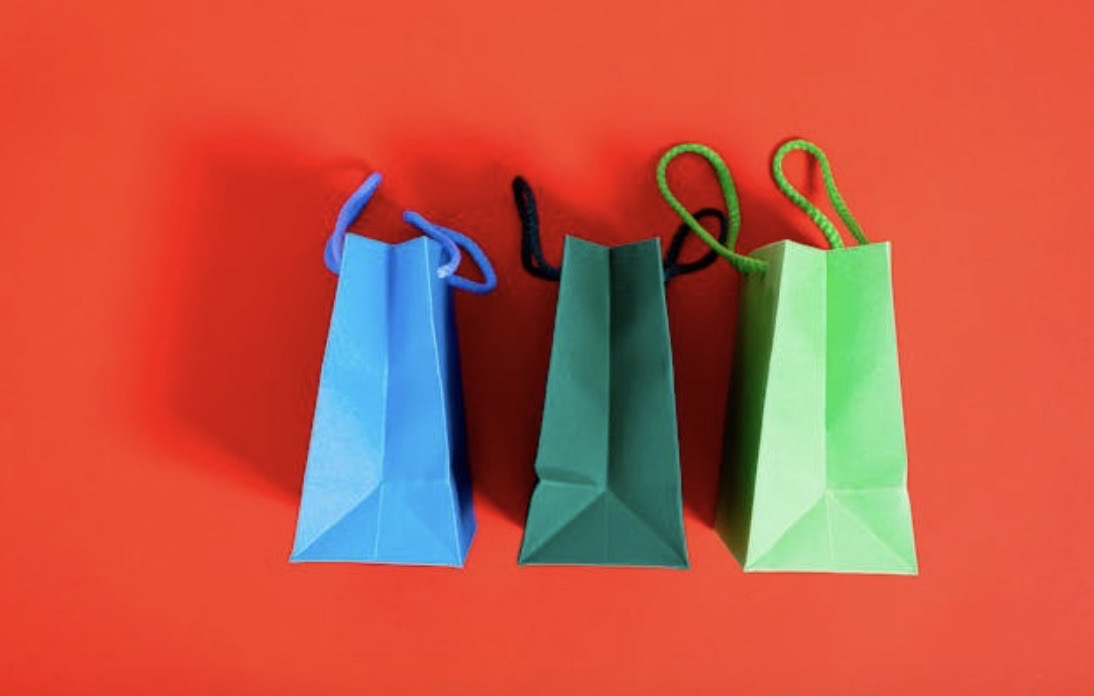Promotional products are more than just free giveaways—they’re powerful tools that help brands make a lasting impression on customers. In today’s bustling retail landscape, these branded items play a growing role in creating memorable experiences and building customer loyalty. Recent studies reveal that 83% of consumers are more likely to do business with a brand after receiving a promotional item, while 76% recall the brand’s name and message even months later.
In this article, we’ll dive into how promotional products can elevate brand awareness and increase retail sales, giving retailers a competitive edge in a saturated market. From key trends to proven strategies, we’ll show why these items are more than “extras” and how they can become essential for your brand’s success.
Understanding the Value of Promotional Products
Promotional products are branded items—like tote bags, pens, water bottles, or USB drives—given to customers or potential customers. These items are physical reminders of a brand, keeping it in front of people even after they’ve left the store or interacted with the business.
Psychological Impact
Promotional products make customers feel special and appreciated. Receiving a small, tangible gift creates a sense of connection and loyalty toward the brand, fostering positive feelings that can make them more likely to return. This small gesture of “giving” from the brand builds goodwill and encourages a deeper relationship with the customer.
Supporting Data
Studies back up this effect: around 79% of consumers say they’re more likely to do business with a company after receiving a promotional item, and over 80% remember the brand for up to two years. This lasting impact makes these items not just memorable but also a strong influence on purchase decisions and brand loyalty.
Boosting Brand Recognition with Promotional Products

Items like reusable bags, keychains, and mugs become daily essentials for many customers, serving as subtle but constant reminders of a brand. These products are used regularly, which keeps the brand logo and message visible, ensuring the brand stays top-of-mind for customers without overwhelming them.
Brand Exposure Beyond the Store
Promotional products extend brand reach well beyond the store or website. For example, a branded water bottle used at a gym or in the office provides brand visibility to new audiences in public settings, amplifying the brand’s presence in places where traditional ads might not reach.
Real-World Case Studies
Brands big and small have leveraged promotional items to boost recognition. For instance, a local coffee shop offering branded travel mugs gained loyal customers and became a visible brand in the community. Larger retailers, like sports apparel brands, use branded gym accessories to increase brand recall and customer loyalty. These examples show how promotional products transform casual customers into loyal brand advocates.
Enhancing Customer Loyalty and Repeat Business
Promotional items create a feeling of appreciation that strengthens relationships with customers. When customers receive a gift from a brand, they’re more likely to feel valued, increasing the likelihood they’ll return to the store and even recommend the brand to friends and family. This approach nurtures a bond that goes beyond just the sale.
Rewarding Loyalty
Promotional products work exceptionally well as rewards for frequent shoppers. Offering branded items as incentives for loyalty program members or frequent customers shows them they’re recognized and appreciated, encouraging continued engagement and shopping.
Statistics on Customer Retention
Studies show that 65% of customers are likelier to stick with a brand that rewards them with promotional items, and 82% report feeling more positive about brands that give free items. This proves that promotional products are more than just gifts—they’re tools for building long-lasting customer loyalty.
Driving In-Store Traffic and Sales

Promotional products can be effective in drawing customers to physical stores. For example, a limited-time offer to receive a branded item when visiting the store can entice customers to check out the location, sparking curiosity and interest in seeing what’s in store.
Promotional Events and Giveaways
Branded events centered around giveaways are powerful drivers of foot traffic. Hosting an event where customers receive free items brings people in and enhances the shopping experience, often leading to increased sales as customers make purchases while attending.
Seasonal and Special Event Tie-Ins
Tying promotional items to holidays, store anniversaries, or special events creates excitement and gives customers another reason to visit. A seasonal giveaway—such as branded water bottles in summer or reusable bags during holiday shopping—builds a sense of timeliness and exclusivity that draws in customers and encourages sales.
Differentiating Your Brand in a Crowded Marketplace
Standing out with promotional items means thinking beyond the usual. Consider unique, functional items like eco-friendly tote bags, branded tech accessories, or reusable straws—products that customers will use and appreciate. If you’re looking for quality promotional products that align with your brand’s values, check out Promo Store, where you can find a variety of options to elevate your brand’s visibility. Memorable items like these create a lasting positive association with your brand.
Targeted Products
Choosing products that reflect your customers’ lifestyles and interests makes an even stronger impact. For example, outdoor brands might opt for branded water bottles or sunscreen packets, while a tech company could offer custom phone stands. Tailoring products to specific demographics shows your brand “gets” its audience, building a stronger connection.
Measuring the Success of Promotional Products

Key Performance Indicators (KPIs)
To gauge success, look at metrics like increased store visits, sales growth, and social media mentions. These KPIs help measure the promotional products’ impact on customer engagement and sales.
Customer Feedback and Surveys
Gathering customer feedback through surveys or reviews can offer insight into how much customers value the promotional items. High satisfaction indicates positive brand perception, while feedback can guide future campaigns.
Digital Tracking Techniques
Including QR codes or custom URLs on promotional items lets brands track how many people engage with their gifts. This data offers a direct way to monitor conversions, interest, and the campaign’s overall effectiveness.
Tips for Retailers: Maximizing ROI on Promotional Products
Strategic Planning and Timing
Aligning promotional items with the right moments—like holiday seasons, local events, or new store openings—can greatly increase their impact. For example, offering branded umbrellas during rainy seasons or water bottles at summer events can maximize product relevance and customer appreciation.
Budgeting Wisely
Choosing cost-effective yet high-quality items is key. Items don’t have to be expensive to make an impression; practical, well-made items that fit your brand’s image can offer great value. Prioritize quality over quantity to ensure the products represent your brand positively.
Using Digital Channels for Promotion
Social media and email marketing can enhance the reach of promotional items. Running online contests or featuring giveaways in email campaigns allows more people to engage with your brand and spread the word. Combining physical promotional items with digital promotion can amplify their effectiveness and drive greater ROI.
Conclusion
Promotional products are powerful tools for boosting sales, building brand awareness, and fostering customer loyalty. They create memorable experiences and connect customers to the brand in a lasting way. Retailers should consider adding these items to their marketing strategy to engage customers and strengthen relationships.
In a competitive market, it is essential to stay innovative with promotional product choices and stay on top of trends. By choosing meaningful and timely items, brands can maximize the impact of their promotional efforts, making customers feel valued while reinforcing brand identity.




















